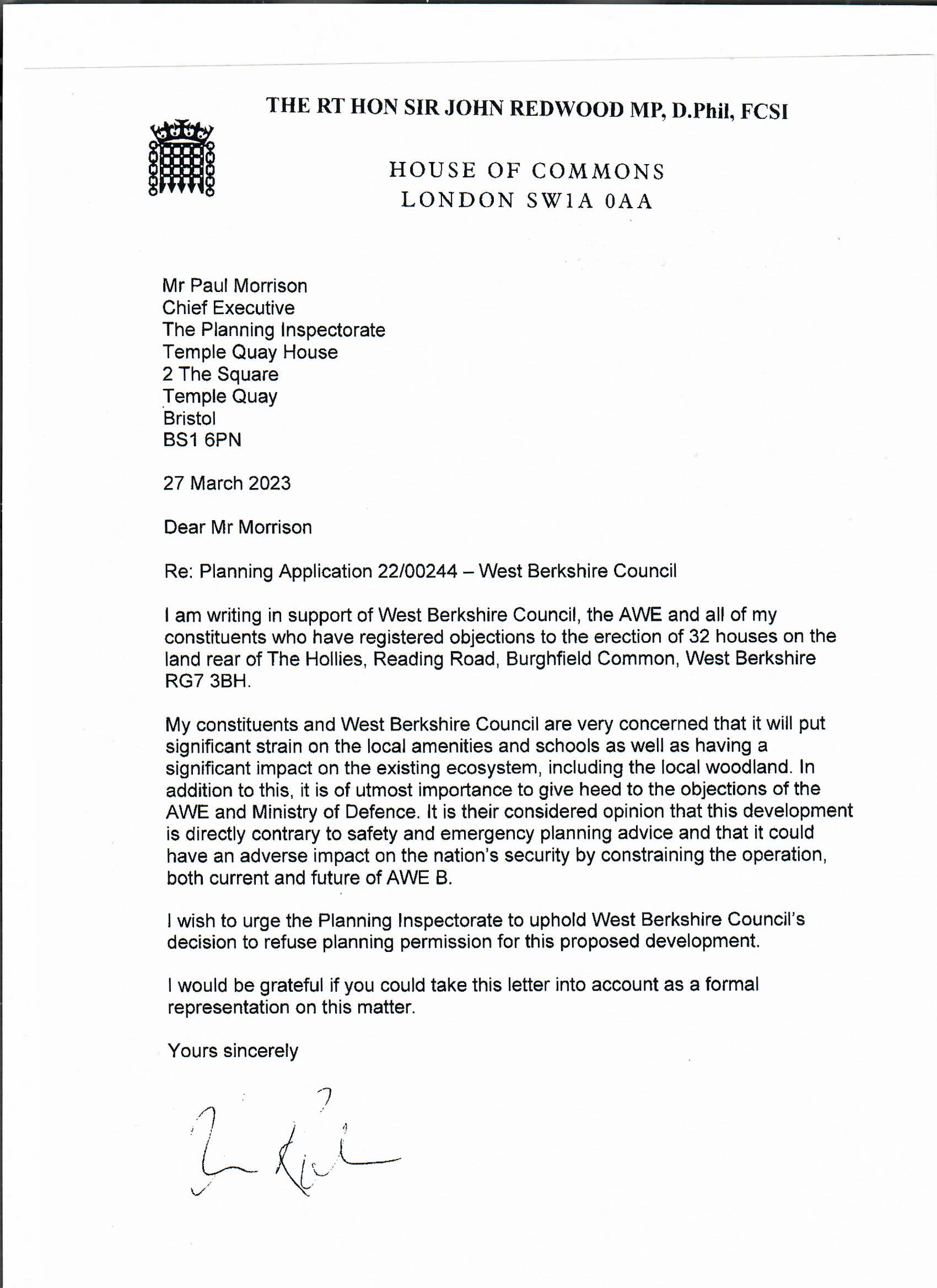Carbon capture and storage
The government is pressing ahead with carbon capture and storage projects. When I asked on Thursday who was paying I think the answer was taxpayers, though the Minister delphically said they will “socialise” the costs.
Normally when a business makes an investment customers pay for the output from the facility being installed. In this case the output is storing a lot of CO2, where the customer seems to be the state. It raises the question whose CO2 is it storing? Is that a cost of whatever caused the extra CO 2 in the first place? Some of it will indeed be CO 2 generated by the state itself, with all those heating systems in public sector offices and all that travel of public officials.
Overall the UK government needs to review just how much extra cost it is imposing through windfall taxes, carbon taxes and now these carbon capture schemes. It needs to get off the import best model. Current carbon accounting based on national boundaries still seems to encourage Ministers and officials to close down or drive out carbon dioxide generating activities in the UK, only to import the goods needed from abroad who can then account for the CO 2 in their national figures. This makes no sense for controlling world CO 2 and is damaging to the UK economy and business.
The present international carbon accounting could have been designed for April 1st.
